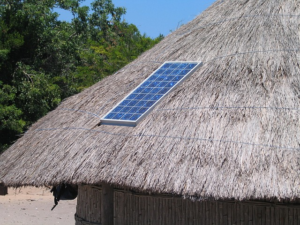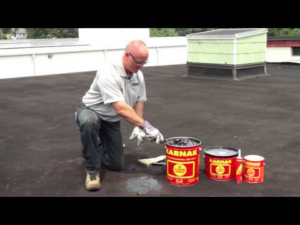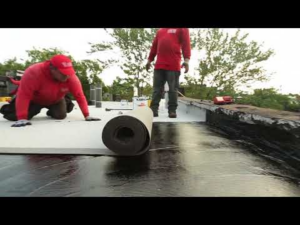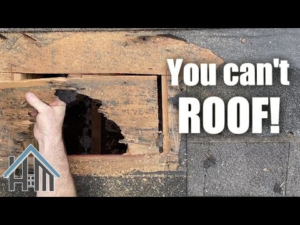
As Michigan utilities look to meet clean energy regulations and transition to renewables, a new guide is available to help communities across the state address solar-energy-system, or SES, siting within their planning policies and zoning regulations.
Sarah Mills
“The majority of zoning ordinances in the state are silent about solar energy systems,” said Sarah Mills, senior project manager at the University of Michigan’s Graham Sustainability Institute, who co-authored the report. “That can introduce a lot of uncertainty for residents who want to put solar panels on the roof or in their backyard, and also for owners of larger tracts of land who might wish to host a solar farm on their property.”
The guide, “Planning and Zoning for Solar Energy Systems: A Guide for Michigan Local Governments,” illustrates how various scales and configurations of photovoltaic SES fit into landscape patterns ranging from rural to suburban to urban, equipping communities to make informed public policy decisions related to solar energy development.
“We’re aiming to provide local governments with both an outline for including regulations in their zoning ordinance and commentary to think through how to customize ordinances based on that community’s existing goals and ordinance structure,” Mills said.
Tailored to Michigan, the guide is written with local planners, officials, legal counsel and policymakers in mind. It explains the current context of solar energy in Michigan, along with the various components and configurations of SES. It also offers principles around how SES might fit within various land-use patterns across the state and presents sample zoning-ordinance language.
“In our work with communities, we’ve come to recognize that those without zoning for renewable energy are at a distinct and worsening disadvantage,” said Brad Neumann, senior extension educator at Michigan State University Extension, who co-authored the report. “Zoning allows communities to choose proactively the role of renewable energy developments. Without it, communities increasingly find themselves reacting to individual proposals from developers instead of thinking big-picture about the vision for their future.”
The guide was developed by experts within MSU Extension and the MSU School of Planning, Design and Construction, in partnership with U-M’s Graham Sustainability Institute. Further review was completed by content experts from local units of government, legal counsel, energy-related nonprofits, utility experts and members of academia.
“Solar energy is a technology that’s possible in rural, suburban and urban communities and at all sorts of sizes: from rooftop solar installations to power a single home to thousand-acre solar farms that produce enough electricity to power tens of thousands of homes,” Mills said. “Our goal …….
Source: https://news.umich.edu/new-guide-helps-michigan-communities-plan-for-solar-energy/






